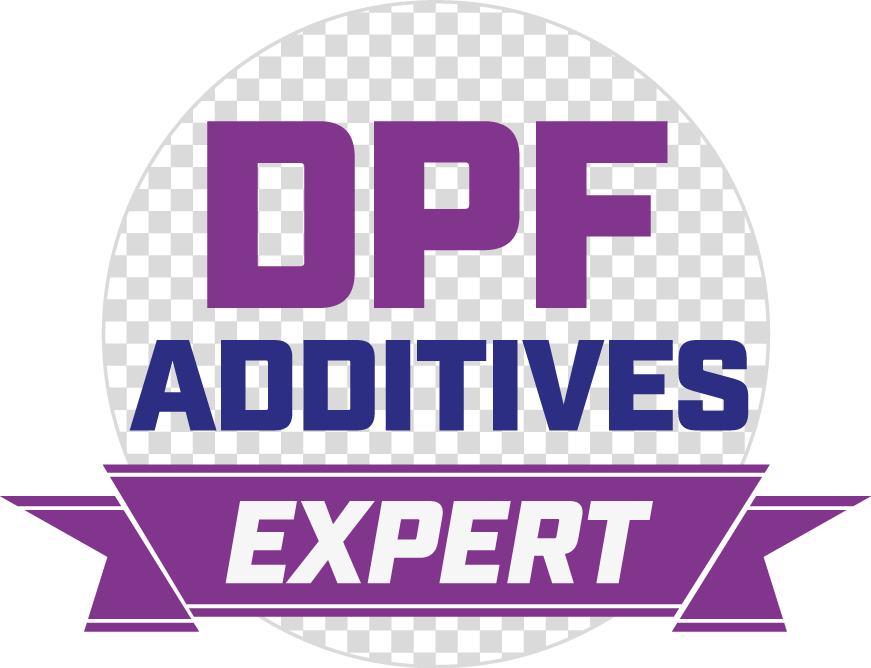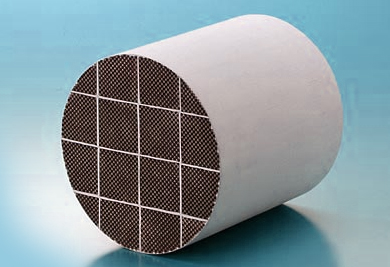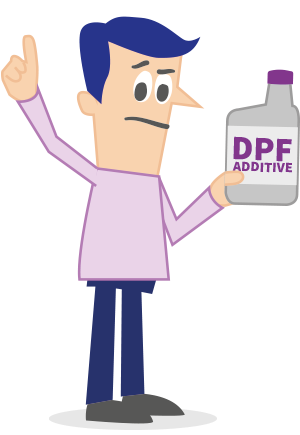Everything you need to know about DPF Additives
DPF Problems & Solutions
of DPF problems
and how to fix them »
DPF Additive FAQs
asked questions about DPFs
and additives »
Common Misconceptions about DPF Additives
A lot of people have written a lot of things about DPFs and DPF additives. Unfortunately, not all of it is true! In this section we look at some of the common misconceptions held about DPF additives:
 More Common Misconceptions »
More Common Misconceptions »
Ask The Expert
Recently submitted questions
Is there a difference between a DPF additive and DEF?
Diane, Edinburgh, UK
The short answer is – yes!
DPF additives are often added straight into the vehicle’s diesel fuel tank. Some vehicles have a separate tank for a DPF additive which needs topping up occasionally to work with a specific DPF system. They contain chemicals called Fuel Borne Catalysts (FBCs) which are carried through the combustion process and into the exhaust system. Once there, they enter into the Diesel Particulate Filter (DPF) and help to burn away the soot which is collected and which can sometimes lead to problems with DPF blockage. You can find out more about FBCs on this page: FBC Chemistry
Diesel Exhaust Fluid (DEF, also known by trade names such as ‘AdBlue’ (a trademark of the VDA)) should definitely not be added to the fuel tank. DEF is a specially made solution of urea in water which is held in a separate tank on board the vehicle. It is released directly into the exhaust system (post-combustion) and works with a Selective Catalytic Reduction (SCR) system to lower the NOx emissions in the exhaust. You can read more about this and other technologies to reduce diesel emissions here: Other Technologies
Why has the DPF light on my dashboard come on?
Dave, Bristol, UK
The DPF warning light is an indication that there is a problem with the Diesel Particulate Filter (DPF) in the exhaust system. The most likely cause is that the DPF has accumulated too much soot which is causing back pressure on the engine. The soot needs to burn away to clear the filter (a process known as Regeneration). This will happen when the exhaust gas is hot enough. It’s a good idea to act quickly in this case to prevent the filter becoming even more blocked up (such that a trip to the garage is necessary). A ‘fast’ drive will help to get the exhaust temperature up; 40mph (60km/h) for 15 minutes or longer (engine speed about 2000 rpm). The process may be helped by using a reputable branded ‘DPF Cleaner’ fuel treatment, which contains chemicals that help soot to burn.
You can find more information about the possible causes of DPF problems on this page: DPF Problems – Possible Causes
Submit a question to DPF Additives Expert



